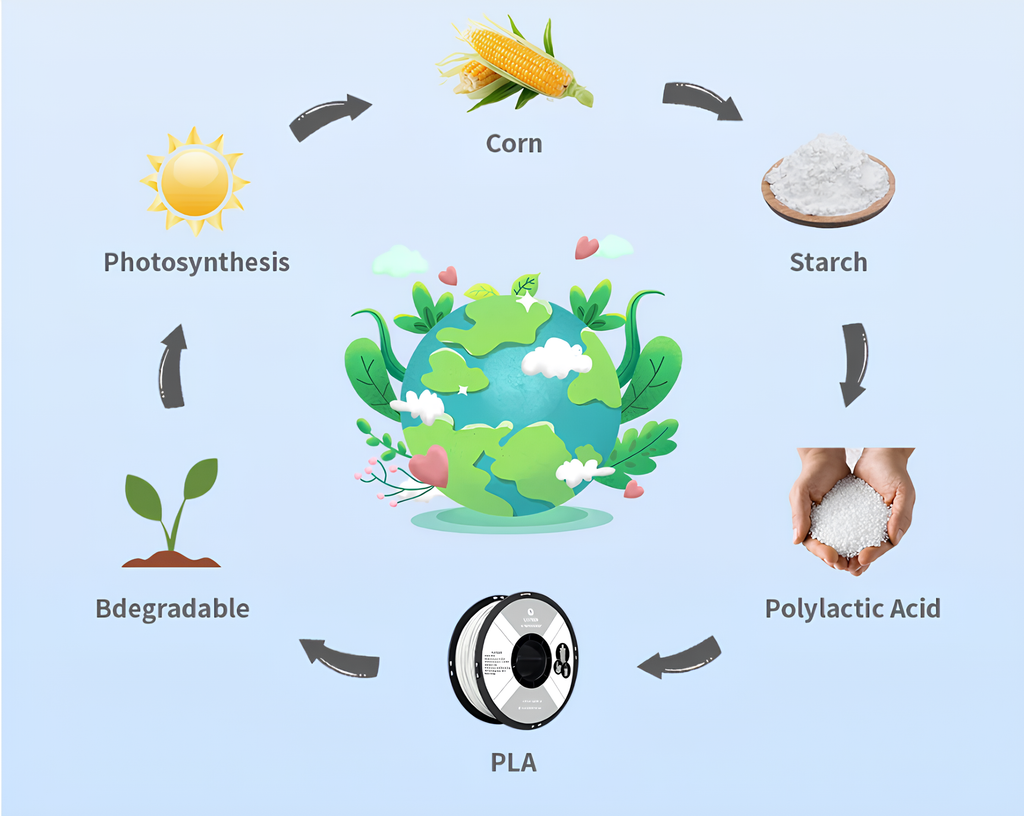Unveiling the Hidden Dangers of PLA Filament in 3D Printing: What You Need to Know!
In recent years, 3D printing has taken the world by storm, and at the heart of this revolution is PLA filament. Made from renewable resources like cornstarch and sugarcane, PLA (Polylactic Acid) has become a favorite among hobbyists and professionals alike for its ease of use and environmentally friendly properties. However, as the popularity of 3D printing continues to soar, so does the need to understand the safety and potential health effects of the materials we use. This article aims to uncover the truths behind PLA filament and toxicity, exploring both the science and the anecdotal experiences that shed light on its safety.

Understanding PLA Filament
PLA filament is a thermoplastic material that is widely utilized in 3D printing due to its user-friendly characteristics. Its composition, primarily derived from natural resources, makes it a biodegradable option compared to other synthetic materials. PLA is praised for its low melting temperature, which allows for easier printing processes and reduces the risk of warping. Additionally, it emits fewer harmful fumes when heated, making it an attractive option for home-based 3D printing setups. However, while it is often touted as a safe alternative, understanding its full composition and properties is crucial for any 3D printing enthusiast.
The Toxicity Debate: Is PLA Safe?
The debate surrounding the toxicity of PLA filament is ongoing, with various studies presenting conflicting views. Proponents argue that PLA is safe for use, as it is derived from natural sources and is less likely to release harmful chemicals compared to other filaments. However, some researchers raise concerns about the potential risks associated with inhalation of ultrafine particles during the printing process. Anecdotal evidence from users suggests that while many have not experienced adverse effects, a few have reported respiratory irritations or allergic reactions after prolonged exposure to the fumes released during printing. It is important to consider these perspectives and understand that while PLA may be safer than other materials, it is not entirely without risk.
Health Effects of PLA Filament Exposure
Exposure to PLA filament can potentially lead to several health effects, particularly in individuals who may be more sensitive to airborne particles. Users have reported respiratory issues such as coughing, throat irritation, and headaches when printing in poorly ventilated spaces. Furthermore, skin irritation can occur upon contact with heated PLA, especially for those with pre-existing sensitivities. Vulnerable populations, including children, the elderly, and those with respiratory conditions, may face greater risks. A friend of mine who is an avid 3D printer recounted an incident where he developed a persistent cough after a long session of printing without adequate ventilation. His experience serves as a reminder that while PLA is often viewed as benign, caution should still be exercised.
Best Practices for Safe 3D Printing with PLA
To minimize risks associated with PLA filament, implementing best practices during the 3D printing process is essential. Firstly, ensuring proper ventilation in the workspace can significantly reduce the concentration of potentially harmful particles in the air. Using a fan or an air purifier can help maintain a safe environment. Secondly, wearing protective gear such as masks and gloves can safeguard users from inhalation and skin contact with heated materials. Additionally, handling PLA with care during the printing process is crucial, as the filament can become very hot and cause burns. Engaging in these practices not only enhances safety but also contributes to a more enjoyable and worry-free 3D printing experience.
Understanding the Risks of PLA Filament
In conclusion, while PLA filament is a popular choice in the 3D printing community for its environmentally friendly properties and ease of use, it is essential to understand the potential risks associated with its use. The ongoing debate over its toxicity highlights the importance of awareness and caution for users. By adopting best practices for safety and remaining informed about the materials we work with, we can enjoy the benefits of 3D printing while minimizing health risks. Always prioritize safety and take the necessary precautions to ensure a healthy printing environment.








